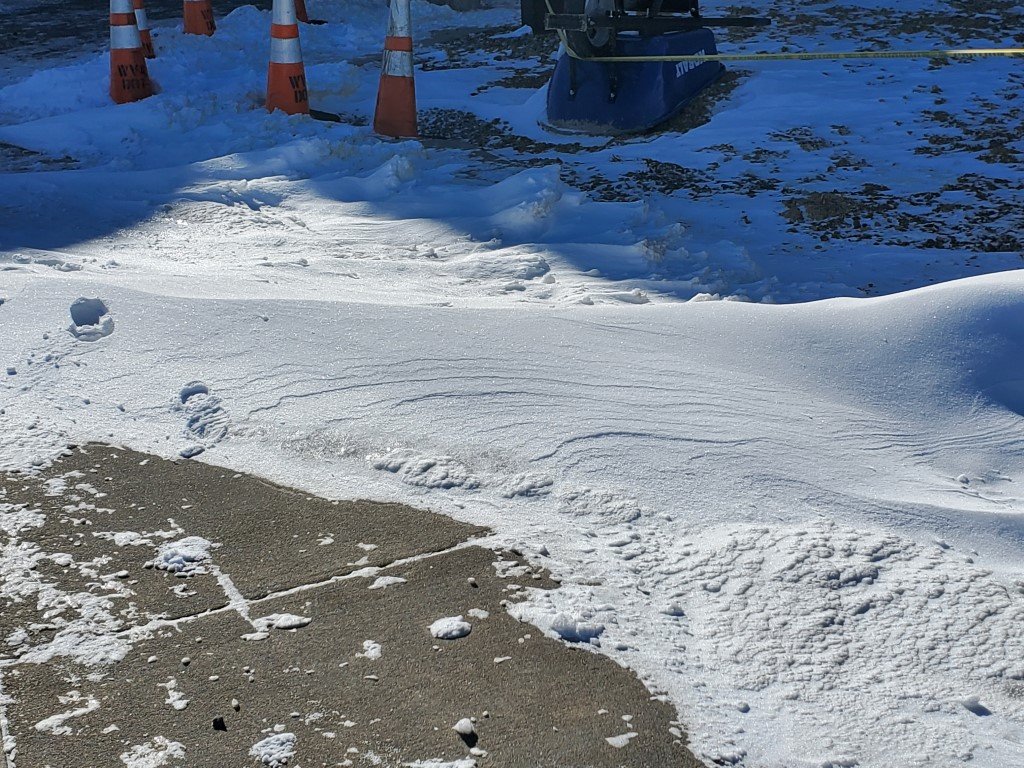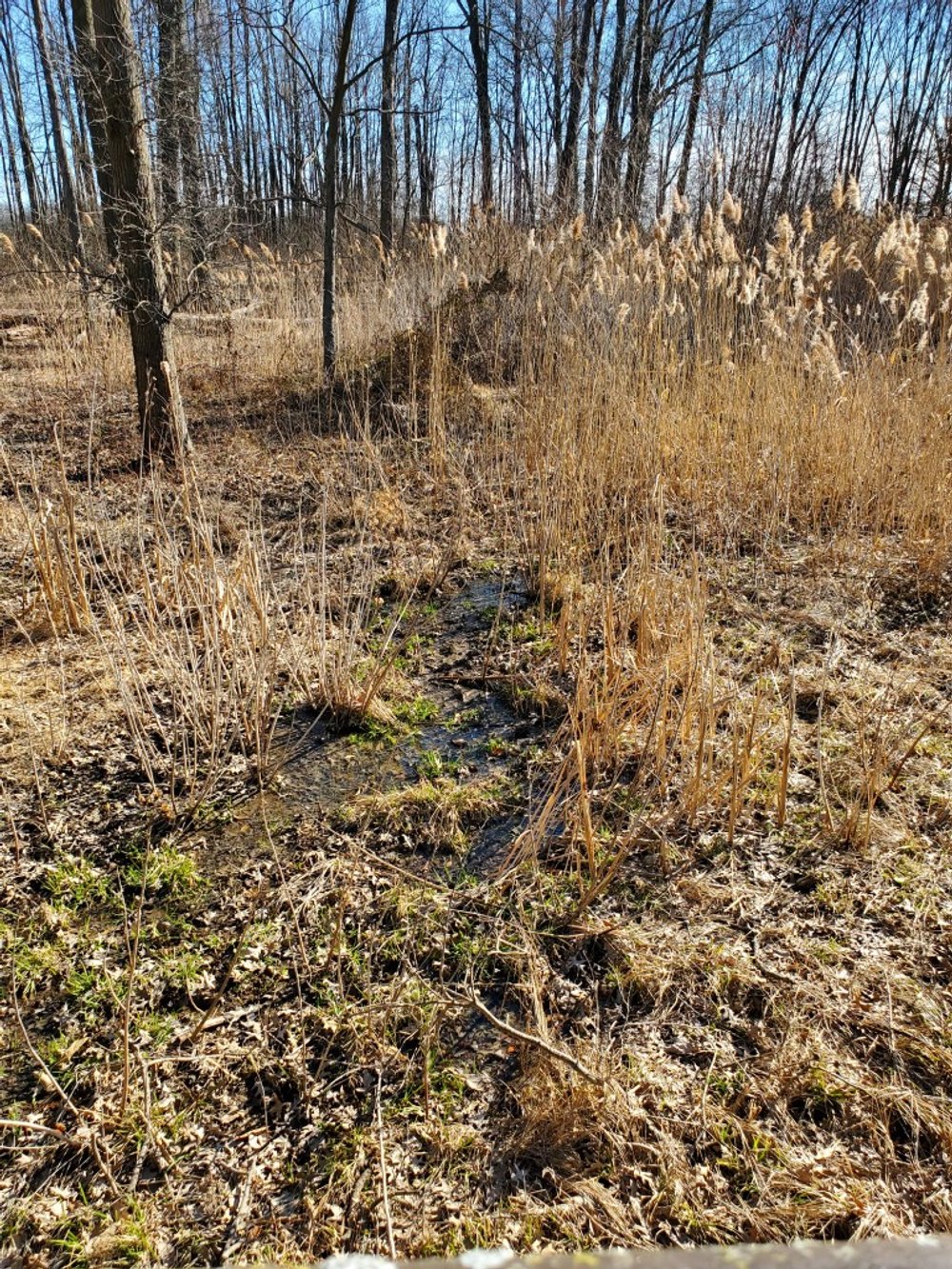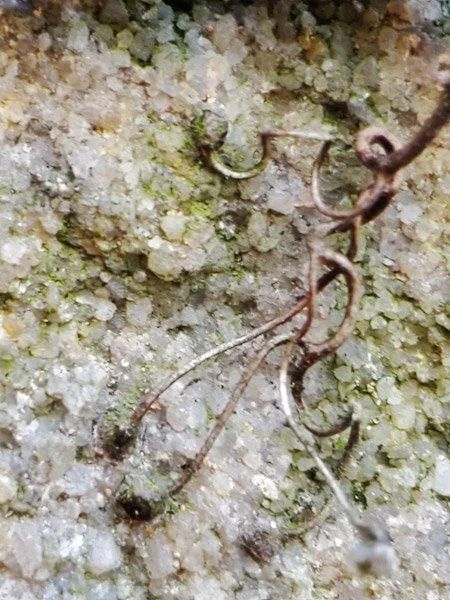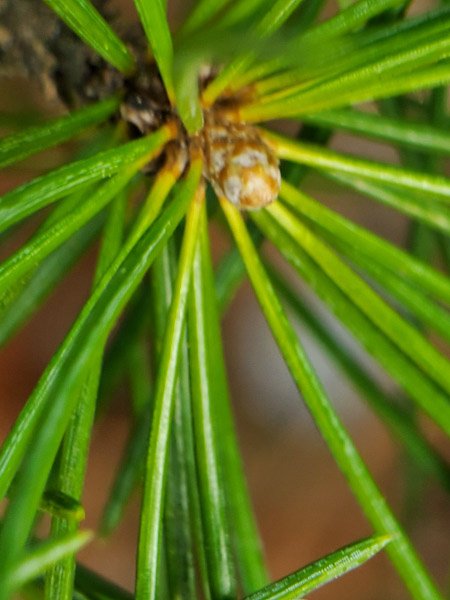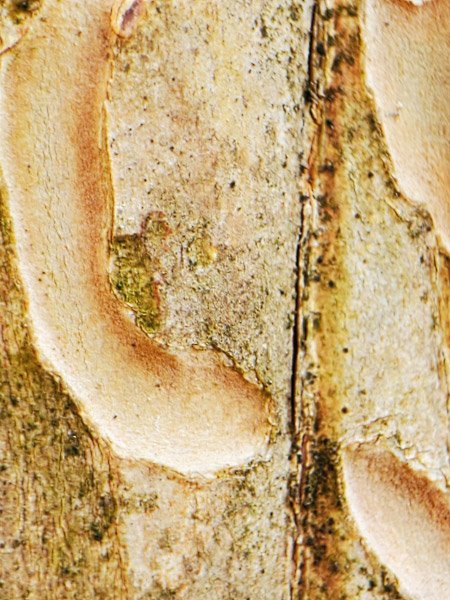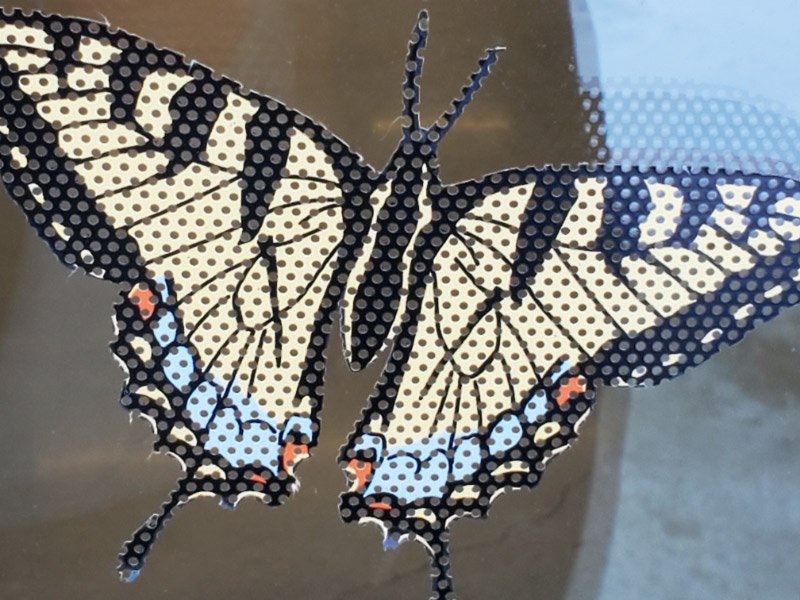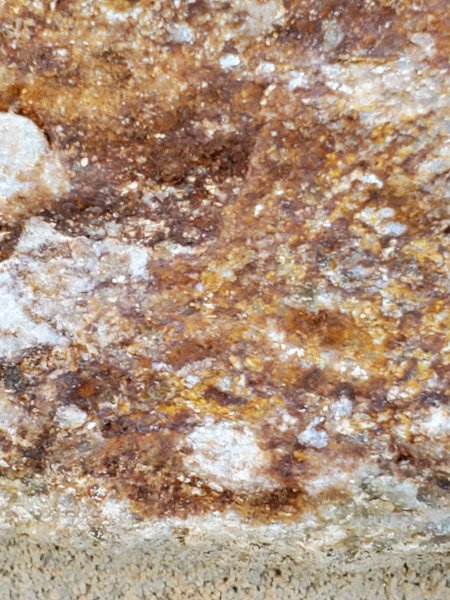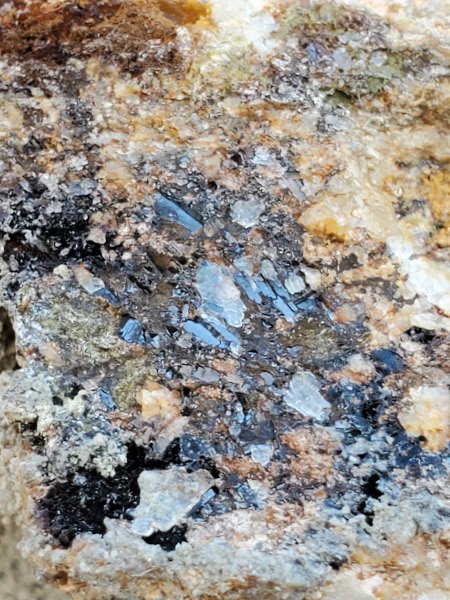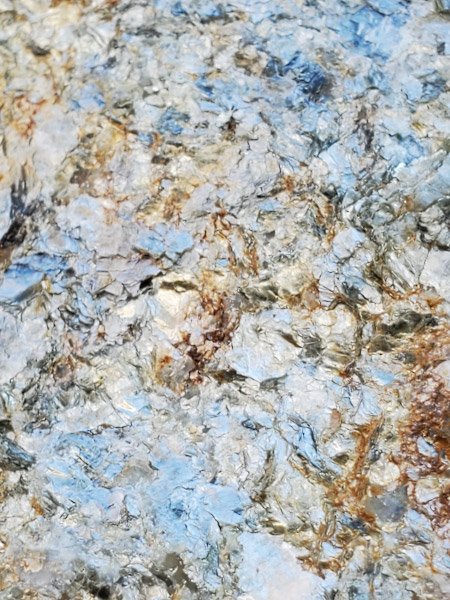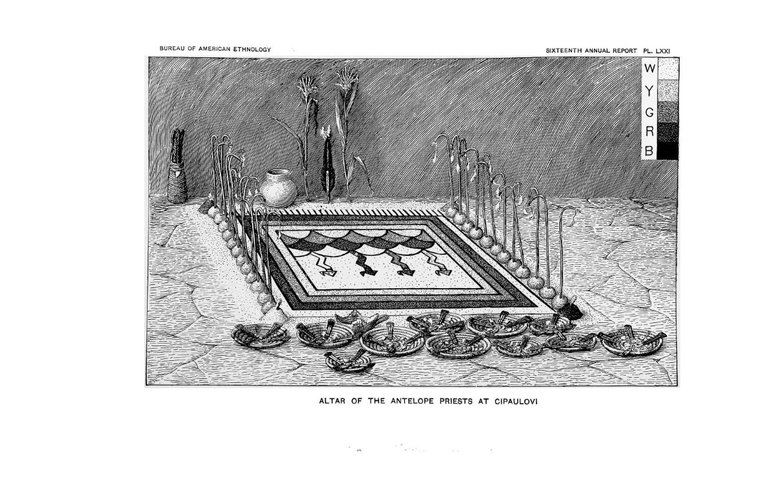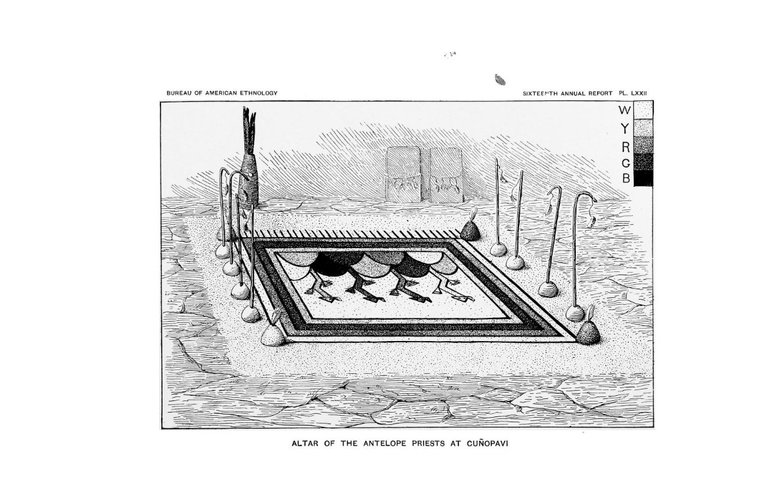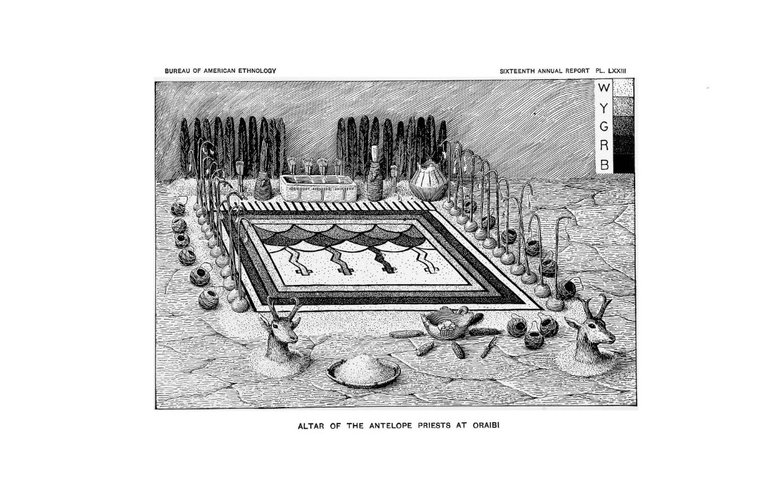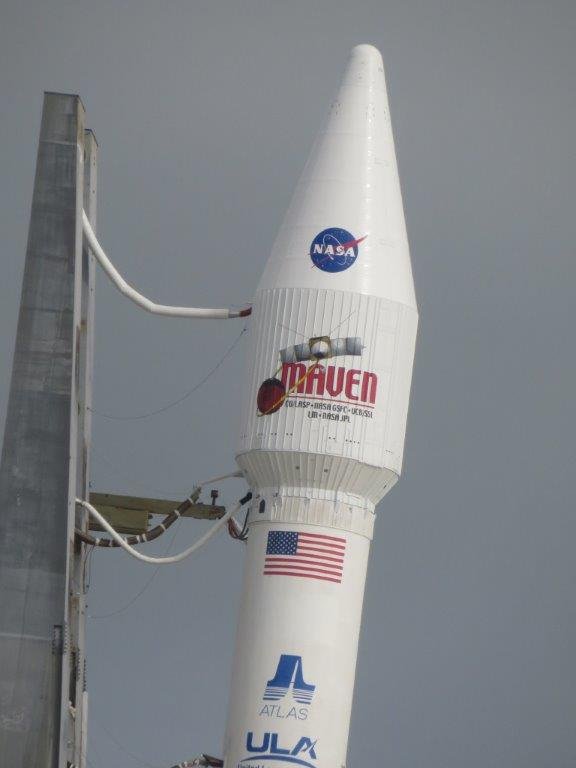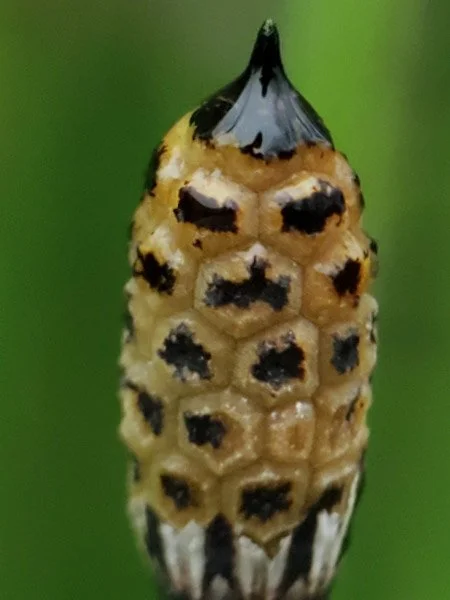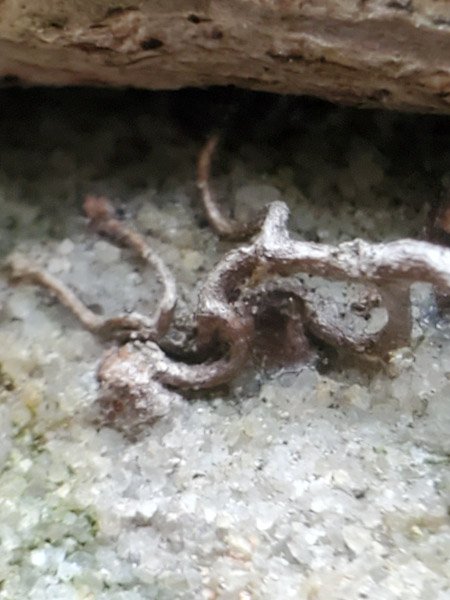Road Trip to Missouri
/I set out on my 2-day drive to Missouri the morning after a winter storm came through. Fortunately, the roads were all clear…no snow or ice on the interstates and only a little packed snow in the rest stops during the first morning. I decided to walk fast at my rest stops rather than wearing my coat in the car. It was very cold and breezy along my route from home in Maryland to a hotel in Lexington, KY the first day then warmer on the second day (my fleece vest was still needed but I didn’t need to walk fast). I noticed my skin had become very dry during the first day (when the temps were in the teens and low twenties for much of the day)…didn’t recover until I was in Missouri for a day.
I had braced for higher gas prices. I bought gas 3 times with the price ranging from $3.99 to $4.55 per gallon. After hearing so many stories about getting stuck in winter weather on highways, the tank never got below ¼ full. I also had a sleeping bag in the car….just in case. Thankfully there were no weather related traffic problems.
My route the first day was very scenic….starting out going west through Maryland to familiar rest stops at South Mountain and Sidling Hill. There was snow at both stops. The parking and sidewalks at South Mountain were totally clear but icy at Sidling Hill (I walked in the road rather than on the sidewalk!). Note that my car was still relatively clean at that point….it did not stay that way in West Virginia.
The roadcut at Sidling Hill had ice falls where the water seeps out of the rocks.
The interstate route through West Virginia must be one of the most scenic in the country. This time it was very cold too.
The snow on the ground was not melting even in the sunshine…and the wind had caused drifts across some sidewalks. The highway crews had done an excellent job treating the highway and the access roads into the rest stops. There were some patches of white on the highway that I thought was blown snow at first…but it was salt! My car became more white than red!
The snow was melting at the one rest stop in Kentucky….making the picnic area soggy. It was still cold but warmer than then morning…and much appreciated.
I stayed at a hotel I’d stayed in previously. My room was in a wing that is probably slated for renovation soon. The chair at the desk/table looked like one we had taken to the landfill! I noticed that I had salt on the back hem of my jeans…must have touched the running board getting out of the car.
Lexington was very dark when I headed away from the hotel at 6:30 AM. I took no pictures until the 3 rest stops in Indiana.
I discovered that the Goshen Rest stop has a wetland behind the building…a bridge over the little stream. There were a lot of redwing black birds in the trees.
My route is very brief in Illinois. It stopped at the welcome center and then by buy gas.
I’m glad a made the stops in Illinois because I got stuck in traffic in St. Louis. There was some roadwork that closed some lanes at the exit to I44 just after the bridge over the Mississippi River. On the plus side – the traffic was stopped for long enough for me to take a picture of the arch. This is probably the only picture I will ever get from this vantage point!
There were the two rest stops along my route between St. Louis and Springfield. The day was a comfortable spring day…with puffy clouds. I noticed that the Route 66 stop had a ‘Diner’ sign over the vending machines with food items!
After unloading the car…my daughter directed me to the nearest car wash to get the salt off the car.





